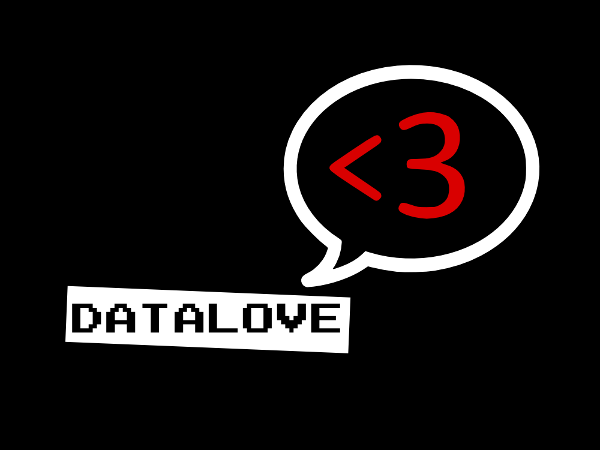The Projects initiative is a Digital Science endeavour. Projects is a desktop app that allows you to comprehensively organise and manage data you produce as research projects progress. The rationale behind Projects is that scientific data needs to be properly managed and preserved if we want it to be perennial. There’s indeed a worrisome trend showcasing that every year, the amount of research data being generated increases by 30%, and yet a massive 80% of scientific data is lost within two decades.
Projects and open science data-sharing platform figshare published an impressive and pretty telling infographic on science data preservation and chronic mismanagement [scroll down to see it]. What struck me looking at these numbers is neither the high-throughput data production nor the overall funds it requires – 1,5 trillion USD spent on R&D! – but the little to no information on public policies aimed at solving the problem.
Continue reading






